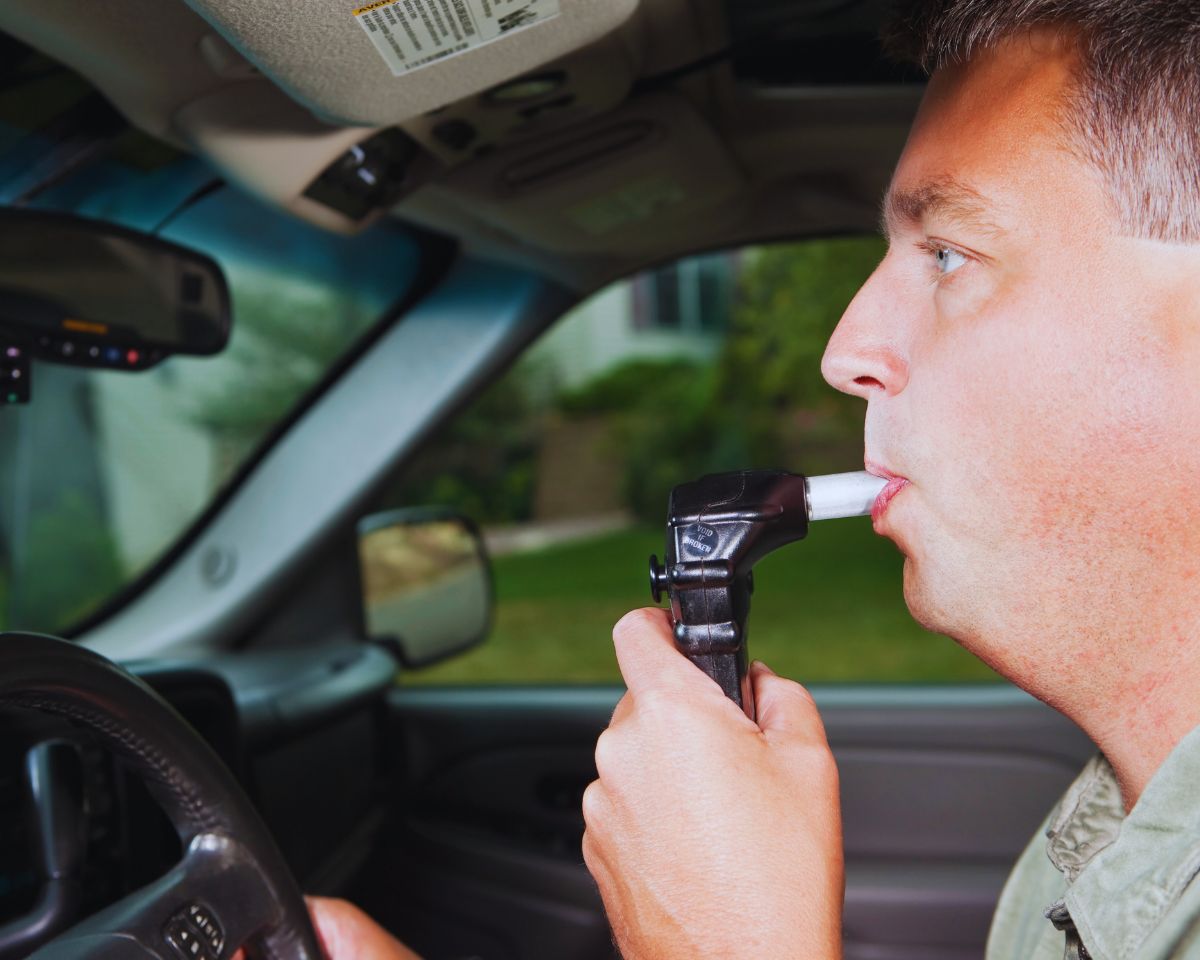Driving under the influence (DUI) in California is a serious offense with severe consequences. One of the penalties that may be imposed on individuals convicted of a DUI is the installation of an Ignition Interlock Device (IID). An IID is a breathalyzer-like device installed in a vehicle that requires the driver to blow into it before the engine starts. If the device detects alcohol, the vehicle will not start. In this blog post, we will explore whether an IID is mandatory for California DUI offenders, the circumstances under which it is required, and the benefits and drawbacks of having an IID installed.
Understanding California’s IID Laws
California’s IID laws have evolved over the years to enhance road safety and reduce the number of alcohol-related accidents. As of January 1, 2019, California Senate Bill 1046 (SB 1046) expanded the use of IIDs across the state. This bill mandates the installation of IIDs for certain DUI offenders, making it more challenging for individuals with a history of drunk driving to get back on the road without taking necessary precautions.
When is an IID Mandatory?
The requirement for an ignition interlock device installation depends on the nature of the DUI offense and the individual’s history of DUI convictions. Here are the key scenarios in which an ignition interlock device is mandatory:
First-Time Offenders with Injury (DUI with Injury): If a first-time DUI offense involves an injury, the court may require the installation of an ignition interlock device for a minimum of six months.
Second DUI Offense: For individuals convicted of a second DUI offense within ten years, an ignition interlock device installation is mandatory for a period ranging from one to two years.
Third DUI Offense: For those with a third DUI offense within ten years, the court requires an ignition interlock device to be installed for a minimum of two years.
Fourth and Subsequent DUI Offenses: For individuals with four or more DUI convictions within ten years, an ignition interlock device is mandatory for a minimum of three years.
Restricted Driver’s License: If a person’s driver’s license is suspended due to a DUI conviction, they may be eligible for a restricted license if they agree to install an ignition interlock device. This restricted license allows the individual to drive to specific locations, such as work, school, or medical appointments.
The Installation Process
Installing an ignition interlock device involves several steps:
Selecting a Certified IID Provider: The California Department of Motor Vehicles (DMV) maintains a list of certified ignition interlock device providers. It is essential to choose a provider from this list to ensure compliance with state regulations.
Installation Appointment: Once a provider is selected, the individual must schedule an installation appointment. During this appointment, the ignition interlock device will be installed in the vehicle, and the user will receive training on how to use the device.
Regular Maintenance and Calibration: Ignition interlock devices require regular maintenance and calibration to ensure accuracy. This typically involves periodic visits to the provider to have the device serviced.
Compliance with IID Requirements: It is crucial to comply with all ignition interlock device requirements, including not attempting to tamper with or bypass the device. Failure to comply can result in additional penalties or an extended IID period.
How an IID Works
An Ignition Interlock Device functions as a safeguard to prevent impaired driving. Here’s how it works:
Breath Sample: Before starting the vehicle, the driver must blow into the ignition interlock device mouthpiece. The device measures the alcohol content in their breath.
Alcohol Detection: If the ignition interlock device detects alcohol above a preset limit, typically around 0.02% BAC (Blood Alcohol Concentration), the vehicle will not start. If no alcohol is detected, the vehicle can be started.
Rolling Retests: While driving, the ignition interlock device may require random breath samples at intervals to ensure the driver remains sober. These retests are designed to prevent someone else from providing the initial breath sample to start the car.
Data Recording: The ignition interlock device records all breath test results, including any attempts to start the vehicle with alcohol present, as well as instances where the driver fails to provide a breath sample during a rolling retest. This data is regularly reviewed by authorities to ensure compliance.
Maintenance and Calibration: The ignition interlock device must be regularly maintained and calibrated by an approved service provider to ensure its accuracy. Tampering with the device or failing to attend scheduled maintenance can result in additional penalties.
Benefits of an IID
While the idea of having an ignition interlock device installed in a vehicle may seem inconvenient, there are several benefits to consider:
Increased Road Safety: IIDs significantly reduce the risk of alcohol-impaired driving, making roads safer for everyone.
Restored Driving Privileges: For many DUI offenders, having an ignition interlock device installed is a way to regain their driving privileges and maintain their independence.
Accountability: IIDs promote accountability and responsible behavior among DUI offenders by requiring them to prove their sobriety before driving.
Reduced Recidivism: Studies have shown that the use of IIDs reduces the likelihood of repeat DUI offenses.
Drawbacks of an IID
Despite the benefits, there are also some drawbacks to consider:
Cost: The installation and maintenance of an ignition interlock device can be costly. Offenders are typically responsible for covering these expenses, which can add up over time.
Inconvenience: Using an ignition interlock device can be inconvenient, particularly for individuals who need to drive frequently or for long distances.
Stigma: There may be a social stigma associated with having an ignition interlock device installed, as it is a visible reminder of a past DUI offense.
False Positive: In some cases, IIDs can produce false positives, preventing the vehicle from starting even when the driver has not consumed alcohol. This can be frustrating and may require additional calibration or maintenance.
Conclusion
In summary, whether an IID is mandatory for a California DUI offense depends on the circumstances of the case and the individual’s history of DUI convictions. While IIDs can be costly and inconvenient, they play a crucial role in promoting road safety and reducing the risk of alcohol-impaired driving. For those facing a DUI conviction in California, understanding the IID requirements and complying with them can be a vital step toward regaining driving privileges and demonstrating a commitment to responsible behavior.





